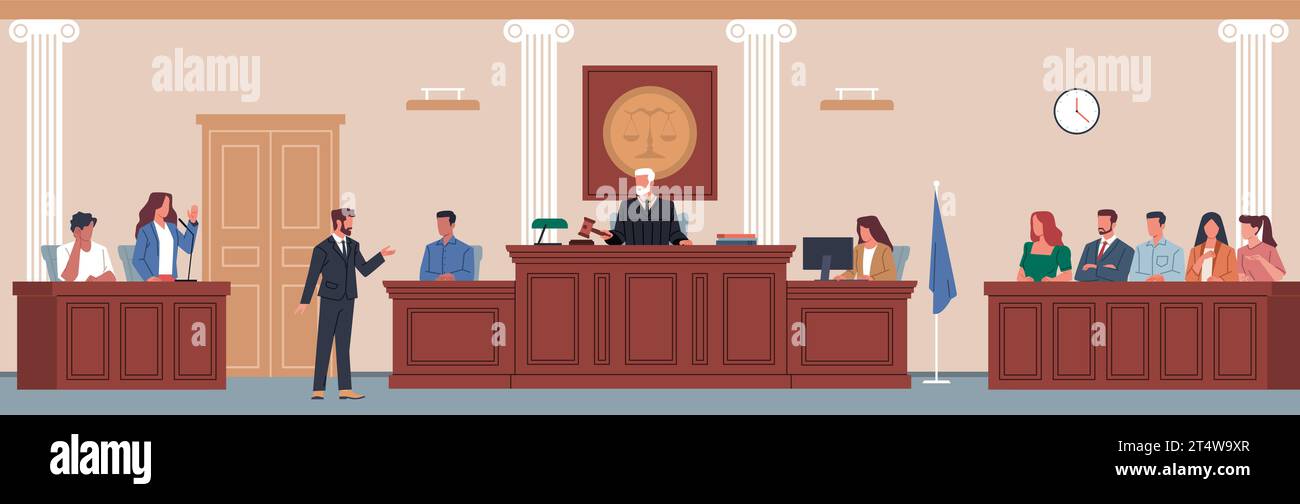Effective trial presentations combine visuals, data, and strong arguments.
Effective trial presentations combine visuals, data, and strong arguments.
Blog Article
Exactly How Trial Presentations Enhance Your Debate and Convince Jurors
Test discussions serve as an essential system for improving legal disagreements and convincing jurors. The calculated use of visuals not only clarifies complex details but also records jurors' focus extra efficiently than words alone.

Significance of Visual Aids
Visual aids play an important function in improving the efficiency of trial presentations, as they can considerably enhance audience engagement and retention of information. In the context of a trial, where jurors are tasked with processing facility details, aesthetic aids serve to streamline and make clear bottom lines. Charts, graphs, and pictures can convey data and principles that might otherwise overwhelm or perplex jurors, permitting a much more simple understanding of the evidence offered.
In addition, visual aids help in maintaining juror focus throughout the procedures. By breaking the uniformity of verbal testimony, these devices can punctuate vital arguments, making them extra remarkable. Effective aesthetic aids can also stimulate emotional feedbacks, which can be essential in persuading jurors to straighten with the speaker's narrative.

Crafting Engaging Narratives
An engaging narrative is necessary in trial discussions, as it acts as the backbone of reliable persuasion. It enables lawyers to weave together realities, evidence, and psychological elements right into a coherent story that reverberates with jurors. This narrative framework allows jurors to recognize the intricacies of the case while assisting them through the attorney's disagreement.
To craft an engaging story, lawyers should concentrate on quality and coherence. In addition, the use of vibrant summaries can create psychological pictures that help jurors envision the occasions, making the story extra remarkable.
In addition, incorporating vital motifs throughout the discussion strengthens the core message and aids in retention - trial presentations. The story ought to not just communicate info but also stimulate a feeling of justice, highlighting the stakes involved. Eventually, a sound story promotes a connection in between the jurors and the instance, positioning the attorney's debate as both trustworthy and compelling, thereby increasing the probability of a beneficial verdict

Involving the Jury Psychologically
Effective court involvement hinges on the attorney's capacity to attach with jurors on an emotional level. This link can significantly affect jurors' assumptions and their ultimate decision-making.
Visual help, such as pictures or video clips, can even more improve psychological involvement, providing jurors with brilliant depictions of the instance's human elements. Crafting a narrative that highlights the struggles and victories of the people entailed ensures that jurors see beyond the legal disagreements and acknowledge the human repercussions of their choices.
An attorney's passionate distribution can reverberate with jurors, reinforcing their emotional financial investment in the case. It's crucial to stabilize emotional allures with factual proof, making certain that jurors really feel forced to act while remaining based in the truth.
Structuring Your Presentation

The body of the discussion ought to be rationally segmented into vital points, each supported by engaging proof. It is beneficial to make use of storytelling strategies to weave truths into a story that jurors can great site quickly adhere to. Aesthetic aids, such as charts and videos, can boost understanding and engagement, helping to highlight important items of evidence.
Real-World Case Research Studies
Examining real-world study supplies very useful understandings into the art of trial discussions and persuasion. The landmark case of "O.J. Simpson v. Individuals of California" illustrates how visual aids and compelling stories can guide court understandings. The protection team efficiently utilized a technique that integrated high-profile expert testimonies with multimedia discussions, which astounded jurors and inevitably affected their decision.
Another remarkable instance is the "McDonald's Coffee Case," where the complainant's attorneys utilized visuals images of the injuries received by Stella Liebeck. trial presentations. This plain visual evidence played an important role in sharing the extent of her burns, leading to a significant court honor. Such situations show that impactful trial presentations frequently pivot on the effective assimilation of visuals and storytelling to stimulate emotional actions from jurors
Additionally, the "Casey Anthony Test" highlighted the significance of narrative comprehensibility and trustworthiness. The prosecution's failing to establish an engaging timeline lessened their convincing power, emphasizing the necessity of a well-structured presentation. Assessing these cases exposes that effective trial presentations call for strategic planning, psychological involvement, and the capacity to reverberate with jurors' values and beliefs.
Final Thought
Test discussions dramatically improve disagreements and convince jurors through the tactical use of aesthetic help, engaging narratives, and emotional engagement. A well-structured discussion equilibriums psychological appeals with factual evidence, ultimately resonating with jurors' click here for more info worths.
Report this page